The Movie Soundtrack
The movie soundtrack has become a great source for discovering music. Many dramatic scenes are fully augmented by appropriate audio, which in turn drives sales of the songs themselves. It is a nice […]
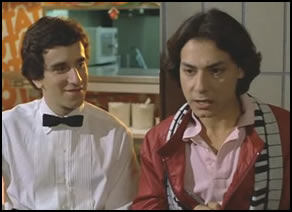
The movie soundtrack has become a great source for discovering music. Many dramatic scenes are fully augmented by appropriate audio, which in turn drives sales of the songs themselves. It is a nice […]

Buy The Long Run The Eagles completed their torrent through the seventies with 1979’s The Long Run, the studio album which closed the decade as the number one album in the USA. This diverse album […]
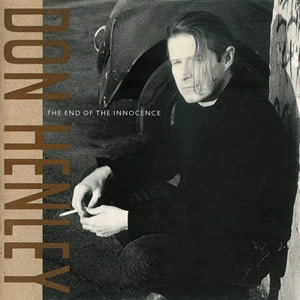
Buy The End of the Innocence The End of the Innocence was Don Henley‘s best selling solo album and his lone solo release in the 16 year span between 1984 and 2000. A […]

Buy The Eagles The Eagles produced an impressive, diverse, and sonically superior debut album in 1972, launching a successful elevation throughout the rest of the decade. The album was produced in London by […]
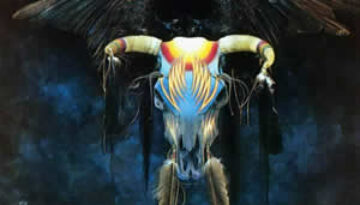
Buy One of These Nights A very diverse record which proved to be The Eagles major breakthrough album, One of These Nights, presents the band at a junction between their country/rock past and pop/rock […]
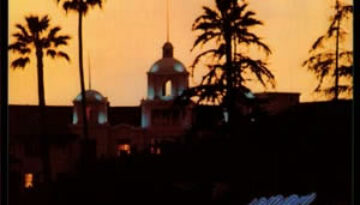
Buy Hotel California Whether it was done intentionally or not, Hotel California came pretty close to being a true concept album by The Eagles. The songs each loosely share the themes of paradise […]

Buy Bella Donna After three albums with Fleetwood Mac, Stevie Nicks was doubtlessly the most recognizable figure in that popular and talented band. However, her actual participation as far as songwriting and lead […]
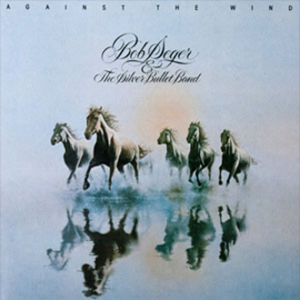
Buy Against the Wind In early 1980, Bob Seger completed his trifecta of commercial smash hit albums with the release of Against the Wind. It was his eleventh overall studio album, the fourth […]